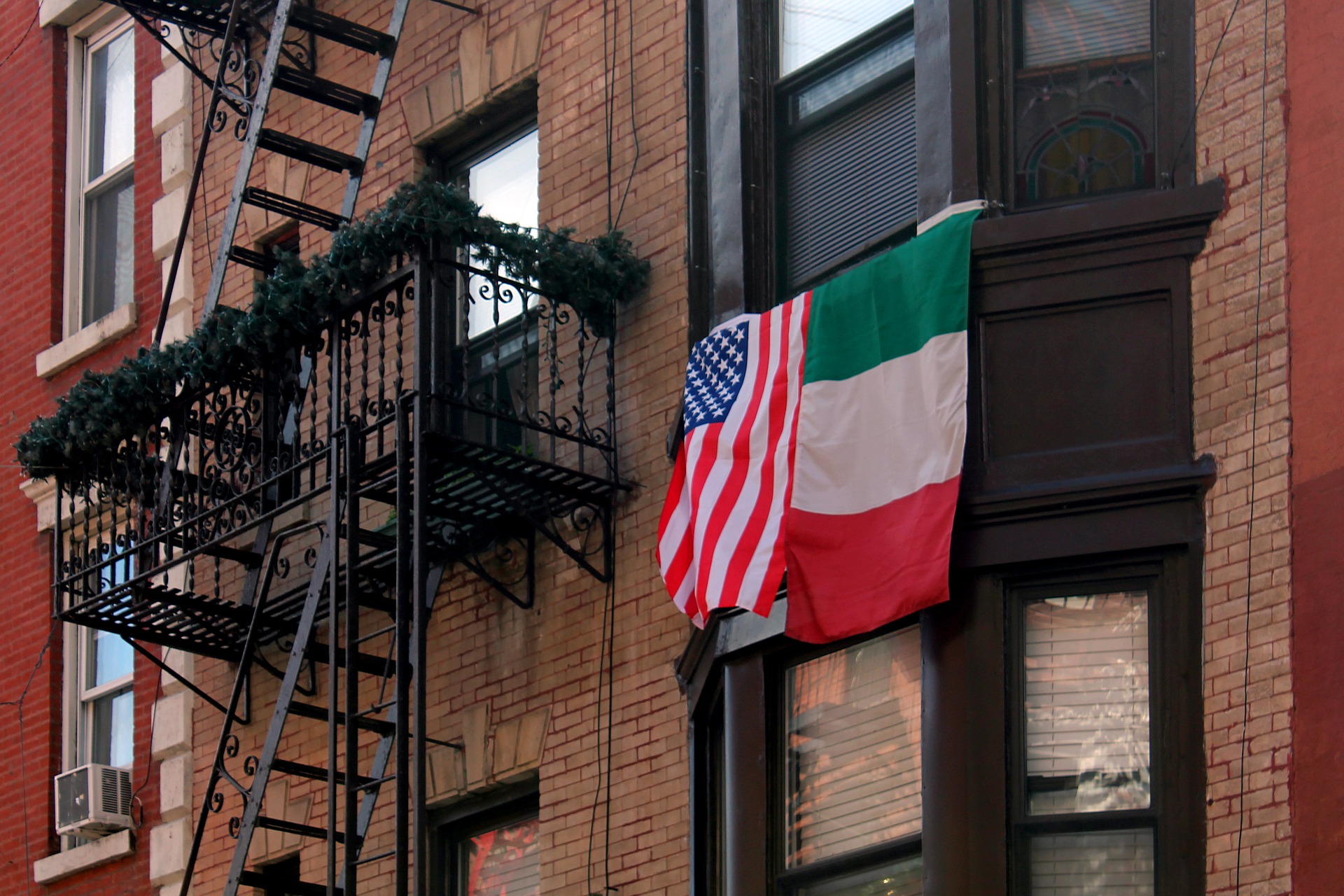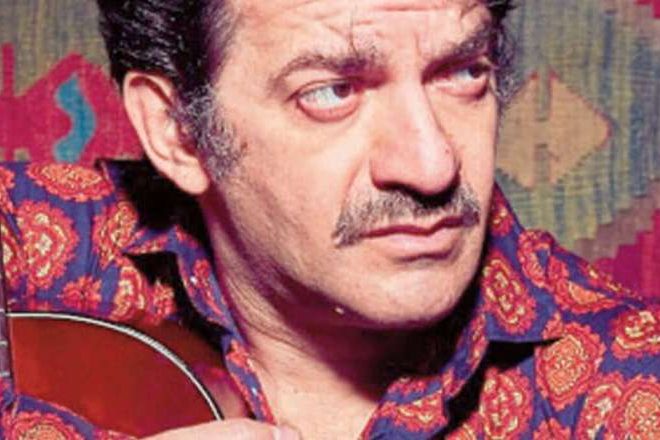Ann Potenza, President of Federated Italo-Americans of Southern California, has a clear and lucid vision of what the older generations of Italian-Americans are currently lacking. That is, an up-to-date picture of today’s Italy.
Just to give you an example pertaining my home town, Rome is no longer the city where everyone rides a vespa scooter and clothes are hung to dry on a string, stretched across one building to the opposite.
That romantic image of Rome was truthful between the 50’s and 60’s, when the box-office hit, Roman Holiday, delighted millions of Americans.
Today, that picture postcard is quickly fading away like the color of those bed sheets, left to dry under the sun.
Getting to know Ann, I had the impression of someone who deeply cares about our Italian-American community.
At the same time Potenza, despite being fully aware of Italy’s current changes, betrays a relatable – as well as “hopelessly” nostalgic – attachment to fading traditions, like Italian Bel Canto and homemade food, which were trademarks of the country, left by the older migrant generations.
Although with a hint of melancholy and reluctance, Ann has recently embraced the lesson that “everything needs to change, so everything can stay the same,” which failed to be digested by Don Fabrizio Corbera, Prince of Salina (one of the Aeolian islands in Sicily), the protagonist in Giuseppe Tomasi di Lampedusa’s bestselling novel, The Leopard.
Indeed, despite our connection evolving into virtual, we are still able to keep genuine and strong ties as a community.
L’Italo-Americano welcomes these necessary measures – dictated by the relentless wheel of progress – towards building a network of Federated Italo-Americans, primarily connected through the newest online and “social” channels.
Please, introduce yourself. What’s your cultural background, also in terms of education?
My name is Ann Potenza and I’m the President of Federated Italo-Americans of Southern California.
My maternal grandparents hailed from Ischia and Naples (both in Italian region of Campania), while my paternal ones came from Potenza (Basilicata).
I was born in Brooklyn, New York and grew up in Las Vegas. There, I graduated with a Bachelor’s of Arts, majoring in Public Relations and Broadcasting Journalism, at the University of Nevada, Las Vegas.
Upon moving to Los Angeles twenty-five years ago, for the last fifteen years, I’ve been part of the Italian-American community in L.A. I first got involved, primarily through volunteering at the “Feast of San Gennaro” in Hollywood.
My commitment gradually grew and I became executive board member of Federated. For four years, I’ve been serving as president.
Could you outline briefly the history of Federated Italo-Americans of Southern California?
In 1947, a year after Italy became a Republic, different groups of local Italian-Americans joined under this umbrella organization, founded by Louis J. Canepa.
Originally, Federated aimed “to gather the strength of all Italian-American organizations and unify their efforts.”
Today there are so many associations, that keeping all connected represents a challenge. It’s essential to have in mind, however, that ours is not a mega-club that governs the others. Our executive board is composed of leaders from the different entities. We strive to be as much representative of all the distinct voices as possible.
We concentrate our efforts towards three focal dates on the calendar, Italian National Day (aka “Republic Day”), Columbus Day and the more recently established, Italian Heritage Month (that is, October). Under the spur of Councilman Joe Buscaino, and other members of the local institutions, Federated has been appointed as “spearhead” in raising awareness about October’s celebrations.
Part of our official role is to welcome the Consul General of Italy, at the beginning of its mandate, and to bid farewell at the end.
Our ultimate goal is to build an inclusive community, which shares a common Italian heritage.
What are your daily responsibilities and challenges, as head of the organization?
We used to meet once a month at “Casa Italiana” (St. Peter’s Church hall), in Downtown L.A.
Currently, I oversee the Vice President of Republic Day and the VP of Columbus Day in the organizations of the galas and the celebrations.
Last year, since the members of the various organization had a hard time getting together, I’ve been expanding the virtual connection through our website and our social media presence.
The core of our website, which is undergoing a substantial update, is the calendar section, where all the distinct organizations are able to post their events and regular activities.
The main challenge is to let people outside of our community know about our existence. Because there is no a physical “Little Italy” in L.A., we have to build a virtual one.
We have also to face a radical shift within clubs and societies, which formed in the ’50s and ‘60s, with a regional connection. In fact, as their members have grown older and there is no a real generation turnover, those are now fading out.
While some older clubs are losing members, others, newly formed, like Commissione Giovani, have very different needs compared to the traditional ones.
Lastly, we need to find ways of involving the newest generations, which may not be one hundred percent Italian-American, but they’re still willing to connect with their roots.
Tell us more about Commissione Giovani and the initiatives underway to include the newest generations of expatriates.
In this regard, music gives us a perfect example of the generational gap.
For instance, most of the attendees at the Feast of San Gennaro identify with the operatic music and figures like Andrea Bocelli. Another portion of the audience loves Italian-American music from the ’50s and ’60s, in particular songs by Frank Sinatra and Dean Martin.
The newest generations listen to a different type of music, either rock bands, DJs, or pop singers, who come from Italy, but struggle to catch on in the US.
Sara Scorcia, a young lady working with Commissione Giovani, introduced me to musicians and singers popular among young people. I made the experiment to invite some of these performers to the Feast of San Gennaro, but the audience had a hard time to see those as Italian artists.
We, as Italian-Americans, make often the mistake to think as if Italian culture has been kept frozen, without evolution and transformation.
Commissione Giovani might be the perfect vehicle to fill in this cultural gap and present an “updated” version of Italy to the US.
How do you see Federated in five years from now?
My goal is to expand Federated as an interstate network, so that people no matter where they live, are able to join local Italian-American organizations.
We are experiencing a transitioning phase, in which people need to adjust to a bigger scale, virtual form of communication.
My vision of how Federated might become is somewhat similar to the United States of America, that is many strong, individual groups, all unique in identity, yet all united under a common umbrella for a greater good.
Through social media, we perpetuate our culture and remind everyone of the historical significance of the National Italian Day, as well as Columbus Day and the Italian Heritage Month.
A source of controversy has always been and still is Columbus Day. The point of view of Native Americans clashes with the Italian-American, or even the other immigrants’ one.
A couple of years ago, a councilmember wanted to abolish this celebration. We, as a community, joined forces and petitioned against that. Finally, he dropped the decree, realizing how our group is very much alive.
Right now another councilman in Los Angeles wants to replace Columbus Day with Indigenous Peoples Day and, again, united we stand up against this unfair disposition.
My last point on the agenda is to schedule an annual, day-long symposium, in which all of us get together and can discuss our current state of affairs.
Given that your first cousin, Jimmy Kimmel, has reached a wide popularity, why not employ him as a spokesperson for the benefit of our community?
Jimmy was the one who, in 2002, kicked off the Feast of San Gennaro, together with a couple of colleagues. We all come from New York, where the Feast is a “big thing.” Jimmy loves to cook and, literally, used to throw parties in his backyard with Italian food and wine.
From these humble origins, the Feast in Hollywood grew up and now features food booths, music, and traditional Italian games, like bocce.
Kimmel was the host of the celebration for twelve years and contributed enormously to publicize the event.
Now that Jimmy’s responsibilities, as comedian and TV host, have turned more demanding, he is not able to be physically present at the Feast.




























